Canon EOS 750D Review
Canon EOS 750D
It's not cutting edge but the 750D is still a very solid, beginner DSLR
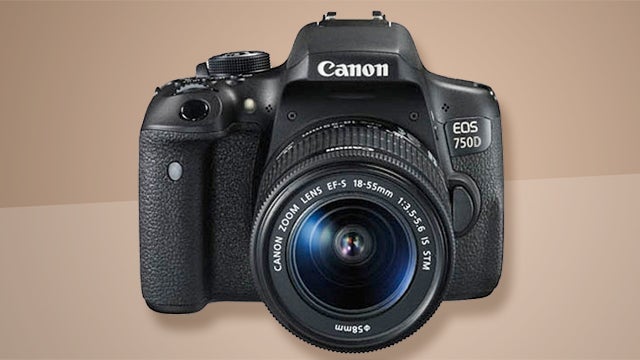
Verdict
Pros
- Affordable entry into DSLRs
- Wi-Fi & NFC
- Fully articulating touch-sensitive screen
Cons
- Viewfinder offers 95% coverage, not 100%
- No 4K video, Full HD restricted to 30fps
- Slightly plasticky construction
Key Specifications
- Review Price: £599.00
- 24.2-megapixel APS-C sensor
- 100-12800 ISO range
- 19-point AF
- Full HD video at 30fps
- Wi-Fi and NFC
What is the Canon EOS 750D?
Launched all the way back in early 2015 (an eon in camera-tech terms), the 750D is one of Canon’s ‘advanced beginner’ DSLRs. At the time of its launch, it sat above the most basic 1200D. These days it still sits above Canon’s more recently announced 2000D and 4000D. Those looking for the most recent model in this range need to check out the Canon EOS 800D.
If you’re on a strict budget, considering older models makes a lot of sense. For those seeking to buy their very first DSLR, the 750D and its 24.2-megapixel APS-C sensor is still a pretty attractive proposition. Right now, you can pick one up with a kit lens for just shy of £500. That’ll save you a good £200 off the more recent 800D.
But what are you sacrificing to save the cash? Unlike the 800D, the 750D lacks Dual Pixel CMOS AF, which improves autofocus speed accuracy in live view and video. The 750D’s autofocus is still solid, though, and some other handy features could make it a better option for you than some of Canon’s newer, cheaper DSLRs.
Related: Best DSLRs
Canon EOS 750D: Design and features

If jaw-dropping, dynamic style is high on your camera priority list, you’re unlikely to come to a DSLR for it. The Canon EOS 750D has the classic Canon DSLR look, with a chunky black body that most people will only be able to set apart from other entry-level Canon models by looking at the name badge. It’s practical, not a preener.
Being a lower-end model, the Canon EOS 750D’s outer parts are polycarbonate rather than magnesium alloy, which is only found on more expensive models. It doesn’t feel ultra-high-end, then, but it’s still tough.
There’s no creaking or warping of the parts that make up the Canon EOS 750D’s shell, and it has an aluminium skeleton underneath the plastic to help keep everything rigid. A slightly lower-end construction also keeps the camera light.
It feels nicely low-heft for a DSLR, despite its large hand grip. Full weatherproofing, though, is still reserved for Canon’s more expensive cameras.
A light, polycarbonate body camera may become a disadvantage if you’re looking to mount giant fast lenses. But if you want to sample some of Canon’s cheaper high-quality options, such as the bargain 50mm f1.8 lens, they’ll suit the Canon EOS 750D perfectly.
What’s rather more specific to the Canon EOS 750D is a very laid-back control style. It has just the single manual control wheel up on the top plate, and a very easy-to-reach mode dial.
By cutting down on the number of controls, Canon has been able to make the few that do feature very easy to access. This camera is easy to use and still gives you plenty of manual control if you’re after it.
The mode dial features priority modes that let you control one main element, such as aperture or shutter speed, letting the camera sort out the rest to best suit that setting. We use these easy manual modes about 90% of the time.
By plumping for the 750D over the newer Canon EOS 800D, you will lose out on a few improved features. Most notably, the 800D features Canon’s excellent dual pixel AF sensor, which you won’t find here. There’s also an older processor (Digic 6), one of the results of which means you’re restricted to shooting at 5fps, as opposed to the 6fps available from the 800D.
That said, if you’re looking for a basic model that slots more easily into your budget, all of these improvements are ‘nice to haves’ rather than ‘absolute essentials’.
At the time of the 750D’s launch, Wi-Fi and NFC were pretty much the standard connectivity options for cameras like this. These days, NFC has on the whole disappeared, while always-on low-power Bluetooth connectivity is very popular.
Either way, if you want to send your shots over to your phone for quick sharing, you can do that with the 750D. You can also remotely control the camera using Canon’s pretty good free app.
Related: Best Canon lenses

Canon EOS 750D: Screen and EVF
The Canon EOS 750D provides all the basics when it comes to previewing and reviewing your images. There’s a three-inch, vari-angle display on the back. Its panel is a 1.04-million-dot Clear View II LCD, with a 3:2 aspect to match the camera’s sensor. Touchscreen support means you can pick your focus point with a finger when using Live View too.
Fitting in perfectly with the camera’s fairly easy style, the Canon EOS 750D screen tilts out and up/down to make seeing what you’re shooting when holding the camera above or below your head – or at any sorts of odd angles – easy. It’s a smooth, high-quality vari-angle mechanism.
As is the case with many DSLRs, shooting via the screen in ‘Live View’ sees a reduction in autofocus speed. This shouldn’t be a problem if you’re shooting static objects, such as landscapes, but for slightly more erratic subjects, it’s best if you stick to the viewfinder for the fastest speeds.
The newer Canon EOS 800D features Dual Pixel AF technology to make shooting via the screen quicker – but it’s also fair to say that most DSLR users stick with the viewfinder for the majority of shots anyway.
Speaking of the viewfinder, as is so often the way with cheaper models, it only offers 95% coverage of the scene, rather than 100%. That’s not uncommon at this price point, but it can mean that something creeps into the edges of your frame without you noticing.
Related: Best mirrorless cameras
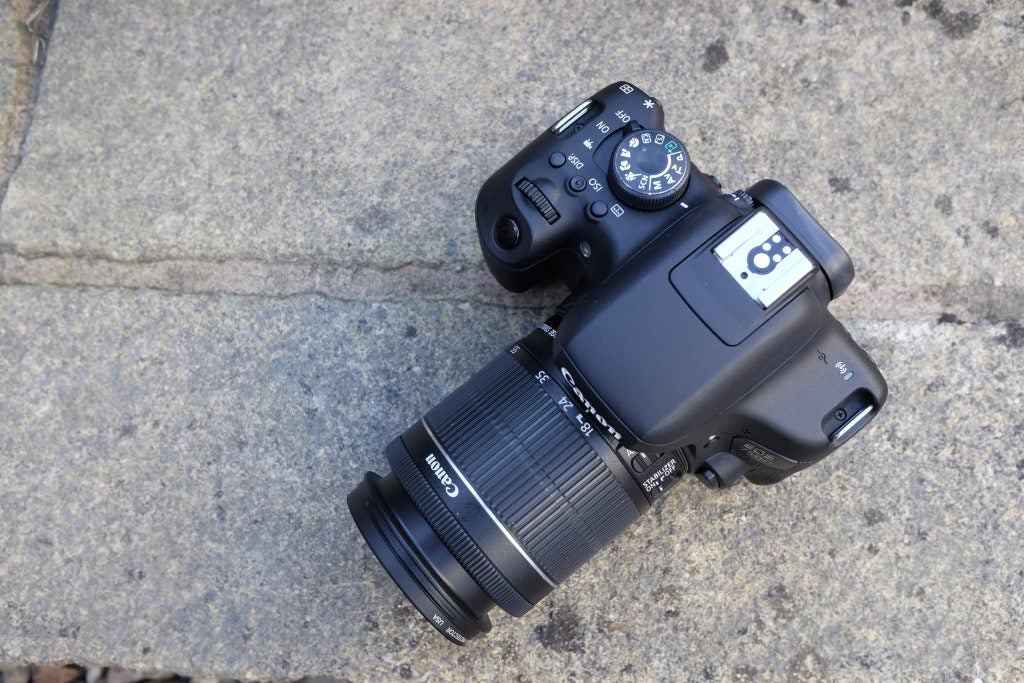
Canon EOS 750D: Performance and AF
Cameras like the Canon EOS 750D are not intended to lure you in with flashy extras or to provide the sort of speed professional action shooters are after. Instead, you get solid everyday speed that actually falls slightly below several rival CSCs at the price.
The Digic 6 processor lets you shoot at 5fps, which has a bog-standard speed level for any self-respecting everyday DSLR. The 8-frame RAW file limit may not sound impressive, but being able to shoot up to 940 JPEGs in burst does.
The newer EOS 800D lets you shoot at 6fps – while that’s a slight improvement, it’s fair to say that neither camera is going to be top of the list for sports and action photographers. Shooting at 5fps should be usable for the odd (relatively) fast-moving subject.
Canon improved the AF system for the 750D when compared with its predecessor, the 700D. It has a 19-point on-sensor, with all-cross-type points, as well as the on-sensor phase detection pixels that are used when you’re in Live View mode.
Focusing is generally pretty fast and accurate, covering the central portion of the scene, with seven columns of focus points that thin out as you move from the centre of the frame. There are five dead centre, spreading out to two rows (per side), or three points, then a single point at the extreme left and right sides.
The 800D sees some more improvements – notably a larger and wider spread of AF points, as well as the quicker Dual Pixel AF system for Live View. But the basic set-up of the 750D is likely to be good enough for the average beginner shooting most ordinary subjects.
Canon EOS 750D: Image quality
Canon is still using its trusted 24-megapixel sensor as the base for a lot of its entry and mid-range DSLRs, so you shouldn’t feel too short-changed going for an older model like the 750D.
It beefed up the resolution from the 18 megapixels of its predecessor, giving you plenty of scope to capture high-resolution shots, employing a crop in editing if need be.
There’s an anti-aliasing filter, so while detail is well-rendered, if you pixel-peep at 100%, you might find fractionally more in cameras such as the Nikon D5600. Dynamic range is also less impressive than some of its rivals, but looking at images in isolation, you should still be pretty pleased with them.
Shutter speed goes from 30s to 1/4000 of a second, and the 750D’s native ISO range is 100-12800, with an extended 25600 mode available. In our testing, we found that you’ll want to aim to stay at ISO 6400 or below whenever possible. The top two ISO settings are quite noisy and lack detail.
Even when shooting RAW files, you have less ability to pull out shadow detail in images than the very best in this class. There’s an Auto Lighting Optimizer mode you can use to improve dynamic range in your JPEGs, and an all-out multi-exposure HDR mode – although you’ll need to mount the Canon EOS 750D on a tripod to ensure the camera stays still while doing this. It doesn’t have smartphone-like speed.
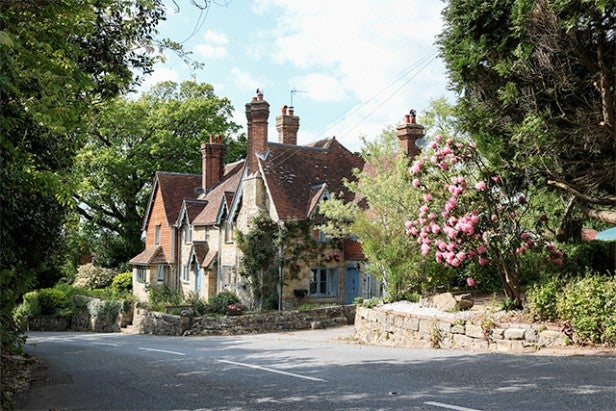
Canon EOS 750D: Video
Even at the time of its launch, the 700D didn’t have amazingly impressive video credentials. Although it shoots at Full HD, that is restricted to 30fps, and of course, there’s no sign of the now relatively ubiquitous 4K. Still, if your main interest is in photography, rather than videography, you may not be altogether bothered.
It seems basic, but there are also features that some videographers might actually find more useful than higher resolution capture and higher frame rates. There’s a 3.5mm external mic input, and you can control the sound volume to avoid clipping.
You get some of the feel of a more professional video setup here. We just wished 60p Full HD video capture was included too: 4K in a Canon DSLR remains something for the future, despite it appearing in Canon’s mirrorless EOS M50.
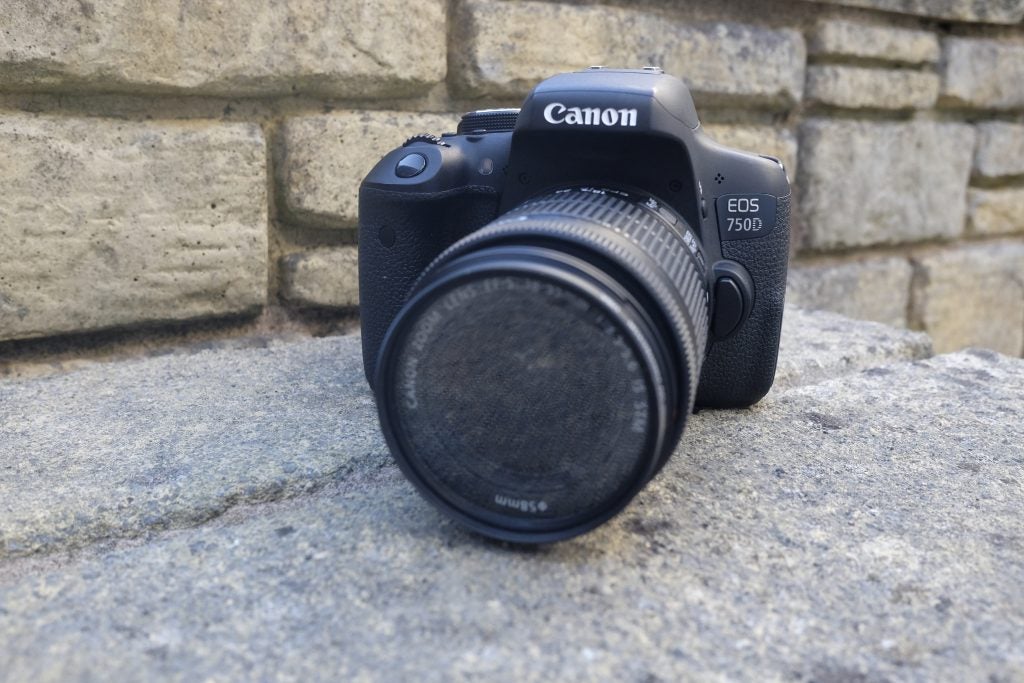
Why buy the Canon EOS 750D?
Canon’s EOS 750D is a solid DSLR that doesn’t cost the earth and gets you good AF performance in a camera that we find delightfully easy to use. You get the pick-up-and-go feel of a more casual camera, with the benefits of a DSLR.
At this stage in its life cycle, by far and away the main reason to buy the EOS 750D is price. It’s still a good performer, and if you’re looking to buy your very first DSLR, it’s certainly one of the better value ones out there.
While it’s true that you can pick up the Canon EOS 2000D or 4000D for even less money, the 750D has some decent features that make the extra outlay worth it. For starters, there’s a fully-articulating touch-sensitive screen, while the 4000D only offers an 18-megapixel sensor. The AF system is also better in the 750D.
At one time, the 750D went head-to-head with Nikon’s D5500. At the time we found that Nikon’s offering delivered better dynamic range. And while that may still be true, it’s now quite difficult to buy a D5500, new at least. It has since been replaced with the Nikon D5600, which you can buy, but for £200 more than the 750D.
Related: Best cameras
Verdict
A little basic by 2018 standards, but available at a very attractive price for first-time buyers.
The Rivals
Canon EOS 800D
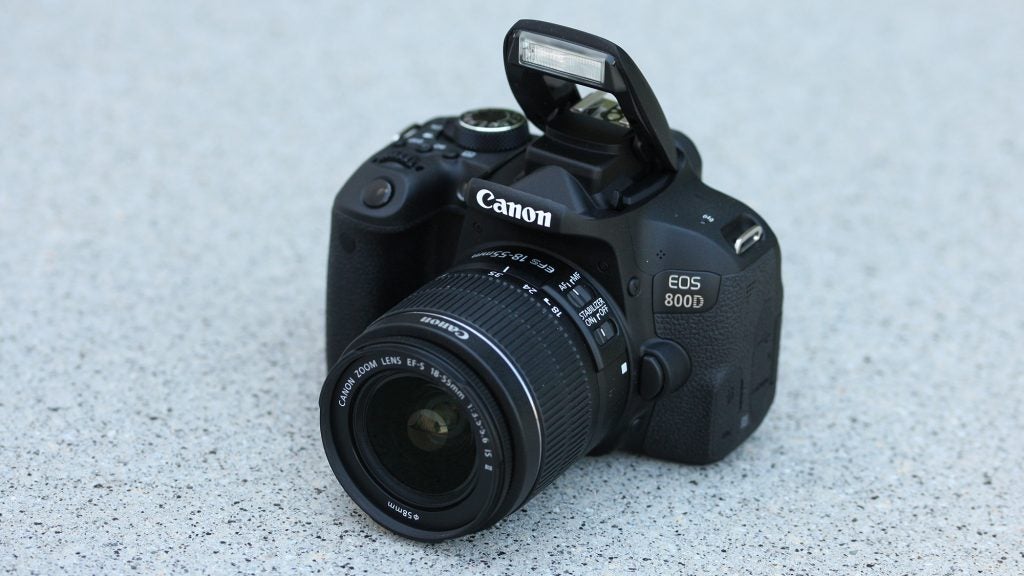
If you can stretch your budget a little further, it makes a huge amount of sense to go for the newer EOS 800D. For an additional £200, you get faster and better autofocusing, plus a newer processor. That said, if you’re mainly going to be shooting static subjects, such as landscapes, the 750D will be absolutely fine.
Panasonic Lumix G7

For around the same price as the 750D, you could pick up the Lumix G7, which was also released in 2015. Unlike some of Panasonic’s other models, it follows the same kind of form-factor as a DSLR, giving you a chunky grip and excellent handling. You get a 16-megapixel Four Thirds sensor – if low light is your thing, it’s probably not the best performer, but otherwise it’s a great first interchangeable lens choice.
Trusted Score
Score in detail
-
Value 8
-
Design 8
-
Features 8
-
Image Quality 8
-
Build Quality 8
-
Performance 8
Features
| Camera type | Digital SLR |
| Megapixels (Megapixel) | 24.23 |
| ISO settings | ISO 100 - 12800( expands to 25600) |
| LCD Monitor | 3-inch, 1.040k dot fully articulated screen |
| Video (max res/format) | 1920x1080 video at 30fps |
Physical Specifications
| Dimensions Width (Millimeter) | 132 |
| Depth (Millimeter) | 78 |
| Length (Millimeter) | 101 |
| Weight (body only) (Kilogram) | 0.555g |

